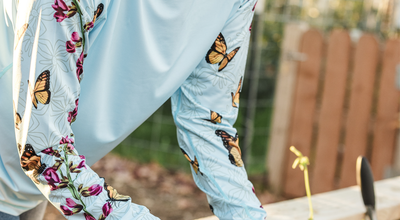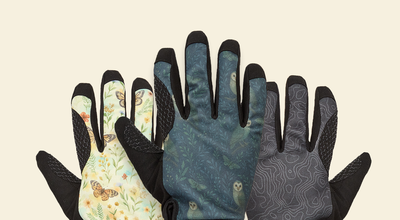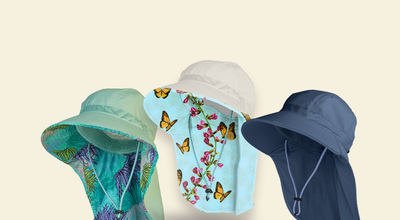A Guide to Finding the Best Gardening Hats for Sun Protection
Spending time in the sun is a dilemma for many. Some doctors preach nonstop about the risks associated with sun exposure, while others recommend spending time in the sun and getting some exposure to sunlight. Recently, studies that suggest we aren’t getting enough sun are taking social media by storm. The primary defense for intentional sun exposure has always been vitamin D absorption, but is there something beyond that?
In the early part of the 19th century, intentional sun exposure was used as a form of prevention and treatment of diseases such as rickets and tuberculosis. Scientific research on skin cancer and the other countless diseases connected to exposure to ultra-violet rays hadn’t become well-known until the 1930s. Today, talk about bone density, healthily adjusted circadian rhythms, and hormonal balancing, all associated with sunlight absorption in one form or another, have become key talking points for sun exposure advocates.
So how do we determine what is a healthy amount of sun?
The risks of getting too much sun are irrefutable. According to the AAD American Academy of Dermatology .org, skin cancer is the most common cancer, with 1 in 5 American developing skin cancer in their lifetime. A study by Dr. Fijalkowska, M. for Sci Rep in 2021 found in their sample that skin tumors affected the head, face, and scalp making up 90% of all cases.
If we get outdoor and get our hands dirty in the garden, we’ll get a little sun. The question is, how much? For everyone, that is going to be a little different. And that’s where science fails us a little bit. The consensus has been to avoid the sun at all costs to be safe. But for each individual, the amount of sun that’s okay depends on many factors.
What can be said for sure is that the head is the highest risk area for skin cancer in your head, face, and neck. So what better than the right hat in the garden to keep you safe?
There are many things to consider when choosing the best gardening hat for you, so we put a list of the top factors to think about when selecting yours.
So what qualities should you look for in Gardening Hats?
UPF Protection
UPF is a rating scale that indicates how much UV radiation a fabric allows to reach the skin. For example, a fabric with a UPF 50+ can block 98 percent of the sun’s rays. This type of protection blocks both UVB and UVA rays.
Durability
Naturally, we want our gear to be something that will last, and for me, like so many gardeners, reducing my carbon footprint is a component of my lifestyle. Choosing products that last and will not end up in landfills is a big part.
Choosing a hat that is made of straw and that combines recycled materials in its fabric is ideal when making this choice. The latest Farmer Defense Gardening Hats are just that. We’ve combined organic straw materials with UPF 50+ protection built to last.
Breathability & Ventilation
If the hat you’re wearing has strong UPF protection, breathability could be sacrificed in the densely woven fabric.
A good, breathable hat goes a long way to help you regulate your body temperature—especially in the summer heat.
Wide-brimmed
Ideally, the brim on the hat is wide enough to protect your face, chest, and shoulders from sun damage.
Ventilation
If the hat you are wearing has strong UPF protection, breathability could be sacrificed in the densely woven fabric.
Farmers Defense Gardening Hats
Our straw hat delivers a comfortable fit, and you are shielded from the sun while tending to your garden, greenhouse, or just being out in the sun. Our hats are unisex for men and women and have an internal head band to keep sweat off your face and a comfortable fit. Our straw also has adjustable chin straps to keep you securely protected.
Sources:
https://www.ncbi.nlm.nih.gov/pmc/articles/PMC2290997/
https://www.aad.org/media/stats-skin-cancer
https://www.ncbi.nlm.nih.gov/pmc/articles/PMC8196200/












